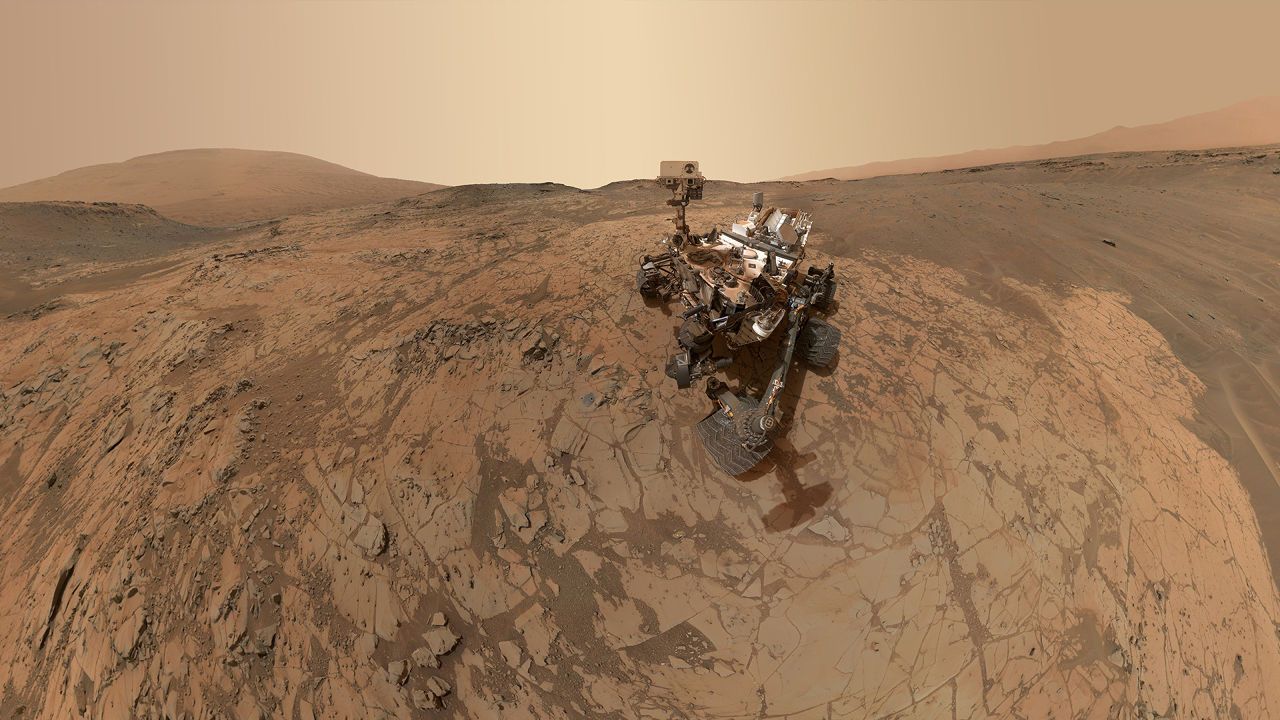The retrieved global constancy of c in the equivalence principle implies that the vertical distance to the surface of the neutron star has increased compared to the traditional view: the indentation into the “cloth” of spacetime has become deeper.
The stronger the gravitational acceleration, the deeper the trough. The new globally constant-c result due to Noether implies that the spatial distance right down to the “horizon” (surface) of a black hole has become infinite. This novel spatial distance valid from the outside corresponds with the well-known infinite temporal distance valid from the outside for light sent down to, or coming up from, the horizon (Oppenheimer and Snyder, 1939).
So black holes are never finished in finite outer time. But I hear you ask: Is it not quite well known that one can fall-in onto a large black hole in finite astronaut time? Yes, this is correct.
How come? This is the last Noetherian point: The on-board clocks of the astronaut are infinitely slowed. Also our rotating wheel comes to a virtual standstill of its rotation on the horizon (the tangential velocity of the wheel staying invariant in reality while the wheel’s diameter invisibly approaches infinity).
So the Noether wheel teaches us that there is no Hawking radiation. And that general relativity can be re-scaled so that it no longer masks the new c-global constraint. Noether’s genius thus implies that a whole new simpler version of general relativity exists – predictably without any remaining incompatibility to quantum mechanics: a bonanza for young physicists.
c-global forms a no longer ignorable reason to renew the 7 years old Safety Report LSAG of the LHC experiment in Geneva which, in light of Noether’s result, will now with a certain probability produce miniature black holes that can only grow exponentially inside matter.
Dear young generation: I publish this “call to you in 4 parts” on Lifeboat.com before CERN can start to double their in the universe unheard-of center-of-mass collision energies on one celestial body – yours – in the no longer valid hope to create Hawking-evaporating black holes down on earth.
Such pre-Noetherian experiments are scientifically outdated by now and will, if endangering the planet as the Noeterian result implies, in addition constitute a crime against humanity if attempted. Can you help me persuade CERN to kindly reply to this objective criticism of what they have announced to do – before starting to “shoot sharp” in June as still officially planned?





